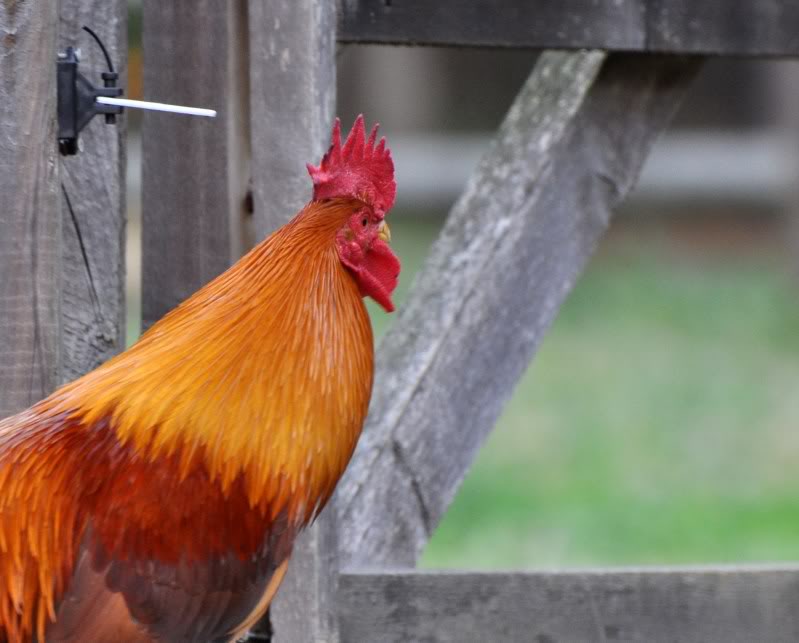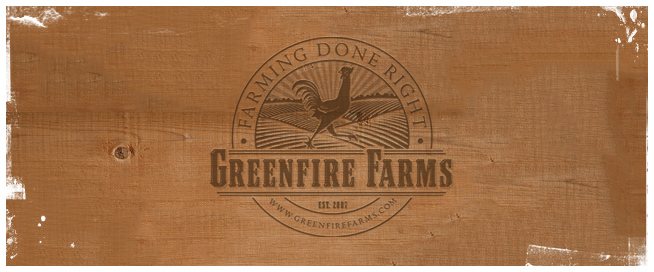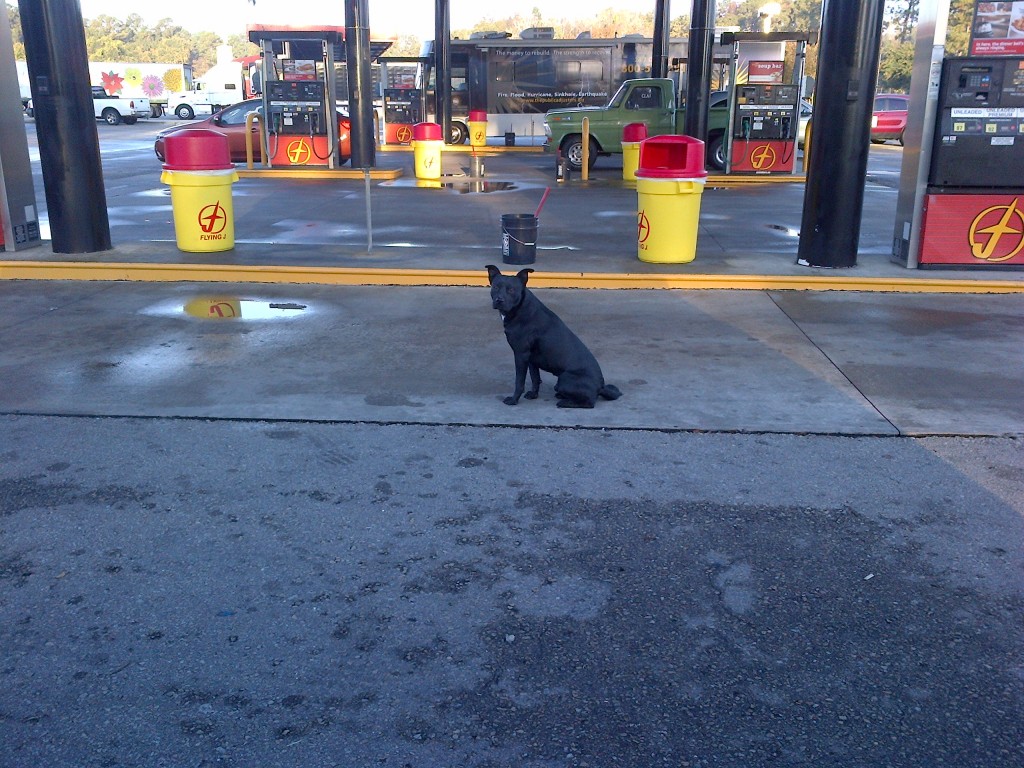Feral
Friday, January 13, 2012
Early one morning a few days ago I was gassing up the pickup truck at a local convenience store, and I saw a sleek black pitbull mix skirting the edge of the parking lot. Behind him only dark woods, ahead the bright lights and sharp corners of the fuel island, he seemed content to live along the thin line between the two worlds. I went inside the store and bought a little pack of beef jerky. Upon my return, he appraised my intentions with the seasoned eye of a panhandler. I tossed him the jerky, he sniffed it cautiously, then rather than gulping it down he displayed a surprising amount of dignified restraint as he carried it into the woods where he could enjoy it at a more seemly pace.
For the past year I had seen another pitbull mix in the same area. Despite the traffic he had learned to survive. I once saw him cast a cautious glance over his shoulder, and when he thought nobody was looking (and I suppose I might qualify by that description), he slipped into a culvert that served as the modern galvanized equivalent to the rock cave his ancestors might have enjoyed a thousand generations ago.
Two pitbulls do not a trend make, but I've also noticed that gamefowl are by far the best survivors of any chicken breed in a predator-rich area. They always operating at about DEFCON 2, ready to launch with any slightly heightened provocation. In the evening gamefowl have the peculiar and effective strategy of working their way up a tall tree in a spiraling pattern, hopping higher from branch to branch over a period of ten or so minutes, until shortly they're near the top of the tree. Then, they hunker down near the center of the tree where they blend in against the background of bark. Once immobile, they disappear. This is a very effective survival strategy, and I've seen gamefowl live for years in this feral condition while more complacent chickens become dinner for coons and coyotes in a matter of days. On the farm we have a beautiful pumpkin hulsey rooster who went native months ago. You can see him here warily peering around our garden gate, constantly vigilant for threat and opportunity.

The unifying factor between pitbulls and gamefowl is that both were bred to fight. Perhaps a coincidence, but one is left to wonder if there is a connection between fighting and surviving. It isn't so much the ability to inflict bodily damage --no rooster is going to physically intimidate an adult coyote for very long-- but the cleverness and situational awareness that are often necessary for successful combat. Fighters are in a constant state of threat assessment, prickly with a steady low-level adrenaline drip. Surely this confers a powerful advantage when confronted with the constant threat of large carnivores.
There have been a number of interesting studies about feral populations of domesticated animal breeds. At the head of this esoteric field is Dr. Lehr Brisbin of the Savannah River Ecology Lab in South Carolina. (Since the 1950s, the enormous and well-guarded site was used to refine radioactive materials to build atomic bombs, so there was conveniently plenty of empty ecology around to study.) Dr. Brisbin conducted some loosely controlled experiments in order to discover how natural environmental pressures could change populations of common domesticated animals. Essentially, he reverse-engineered breeds of farm animals so that they regressed to their primitive types. He found, for example, that over many generations chickens grew smaller and darker as predators exerted their influence; fast and inconspicuous birds are more likely to survive to breeding age. Even more remarkably, domesticated pigs undergo a physical transformation within a single lifespan, their noses lengthening in response to the demands of rooting in the forest floor.
Brisbin also discovered that a race of semi-wild dogs has lived on the outskirts of civilization since pre-history and have developed their own unique vocalizations and hunting methods. These animals, neither fully dog nor wolf, avoid humans and have a varied diet of small game and fast food scraps discarded along our highways. They live in an ecological netherworld on that border between civilization and nature; wraiths that rely on invisibility and cunning to survive. Only recently recognized, for thousands of years they lived not just on the periphery of our settlements, but on the periphery of our awareness, too. Brisbin calls these permanently feral canines 'Carolina dogs,' and whether you're in New York City or Cairo, this landrace looks and acts the same.
Seeing the black pitbull mix that morning had set in motion a reverie about the strange pull of the feral life, and I pondered it on the drive to the farm as the road changed from pavement to dirt track. Along the way my truck passed sagging cracker shacks and and ramshackle singlewides tucked along the edge of fields and forest, no movement visible. This was hunting season for squirrels, and I knew that in the dark before dawn most of the local residents had slipped into the woods with small-bore rifles and would sit silent at the base of a big oak, waiting for their prey to stir in the crown of the tree with the first light. Alone and with eyes staring upward, made invisible by immobility and camouflage, they would lock on any small movement in the thin gray light between night and day.

 Cart:
Cart: 


